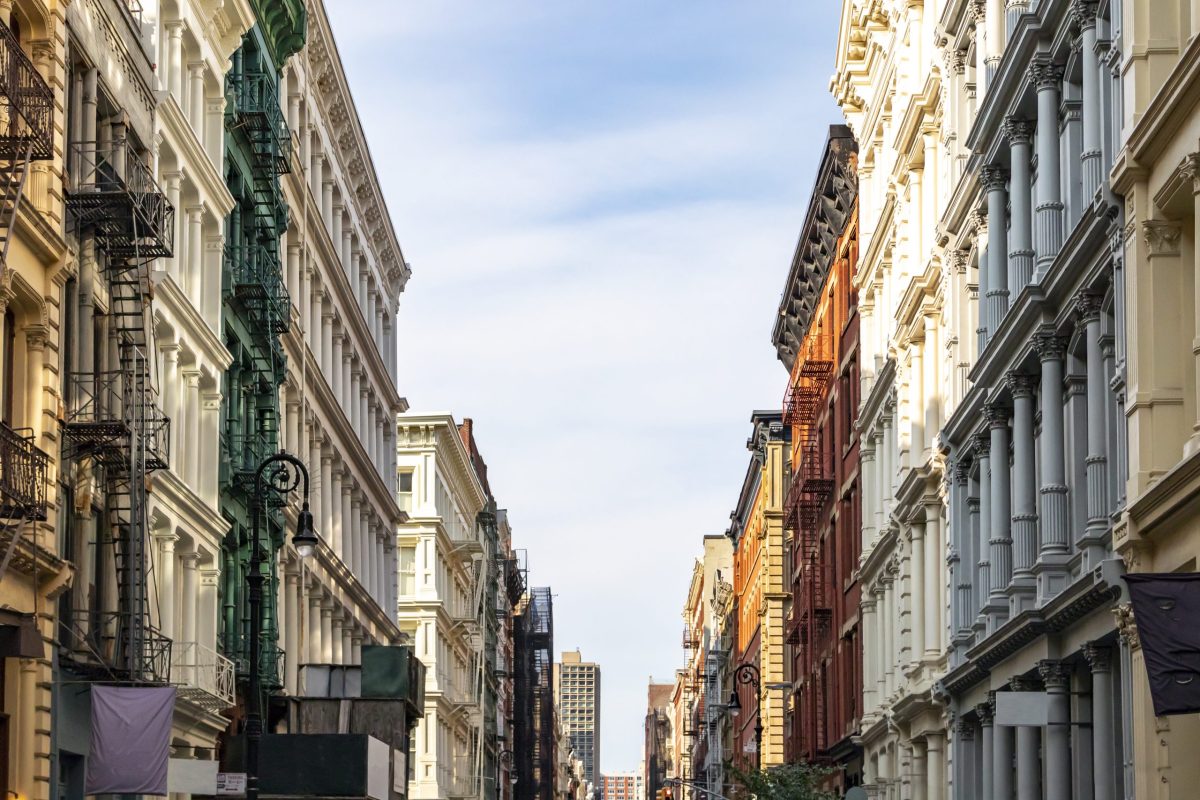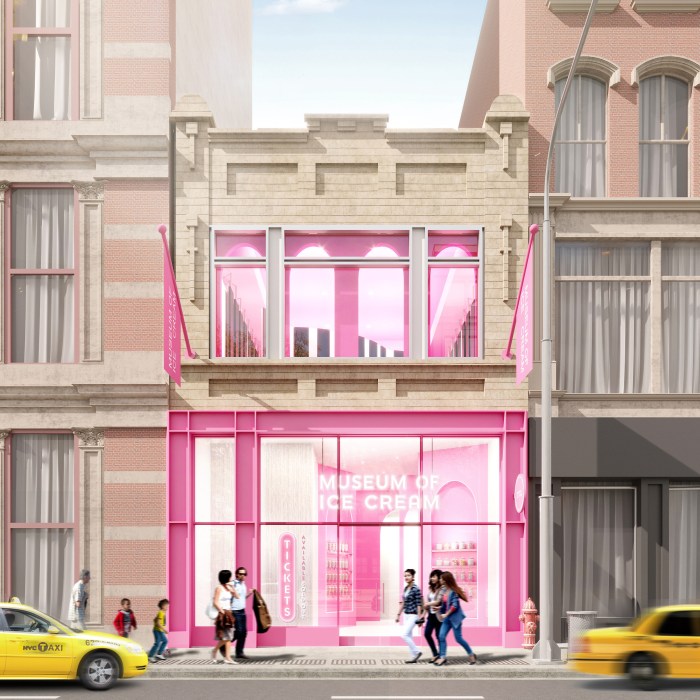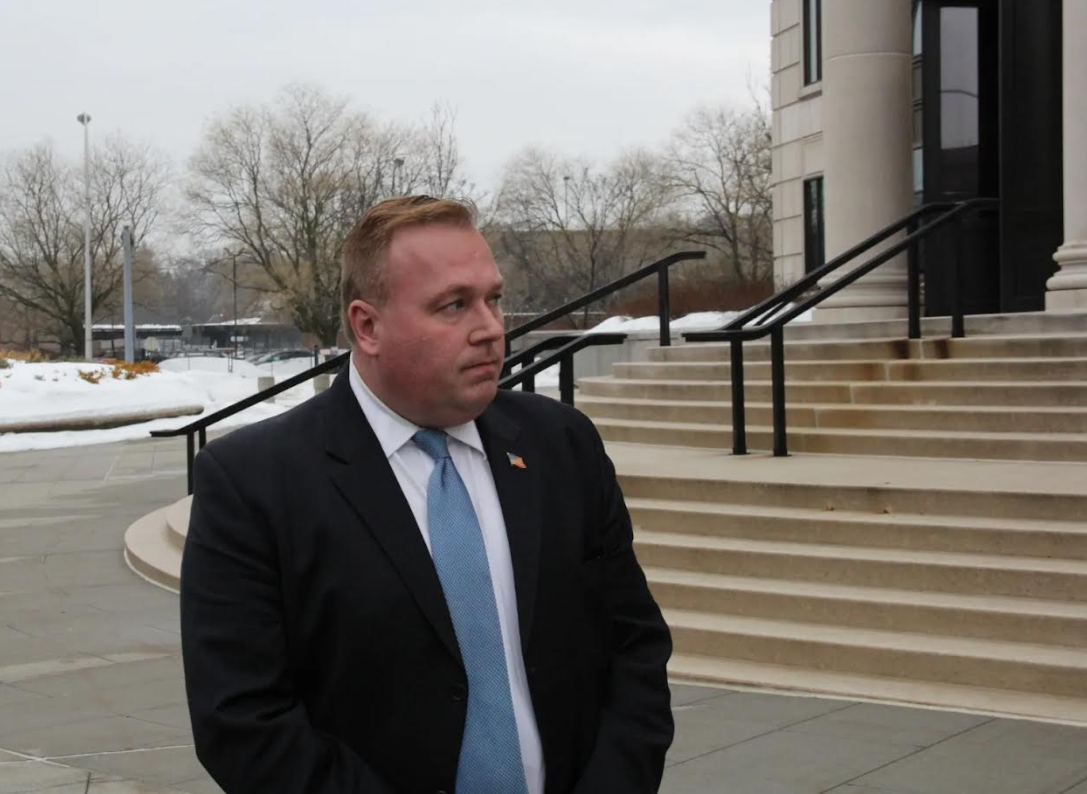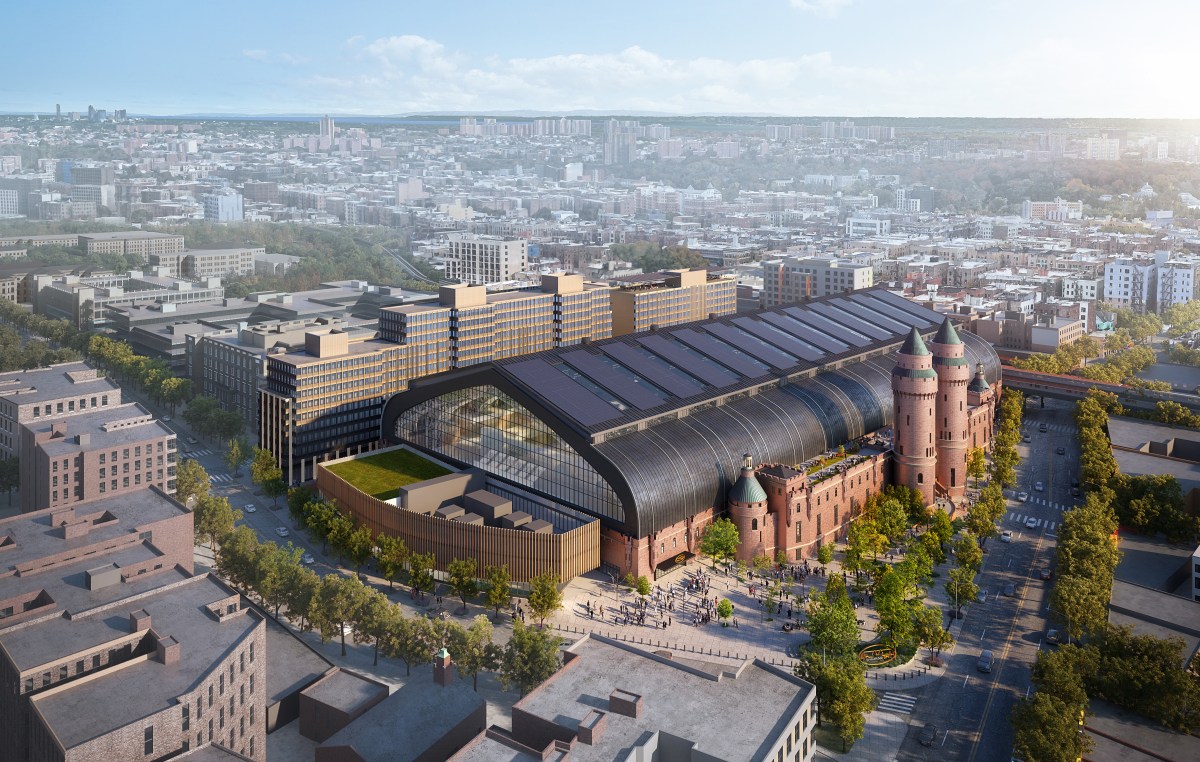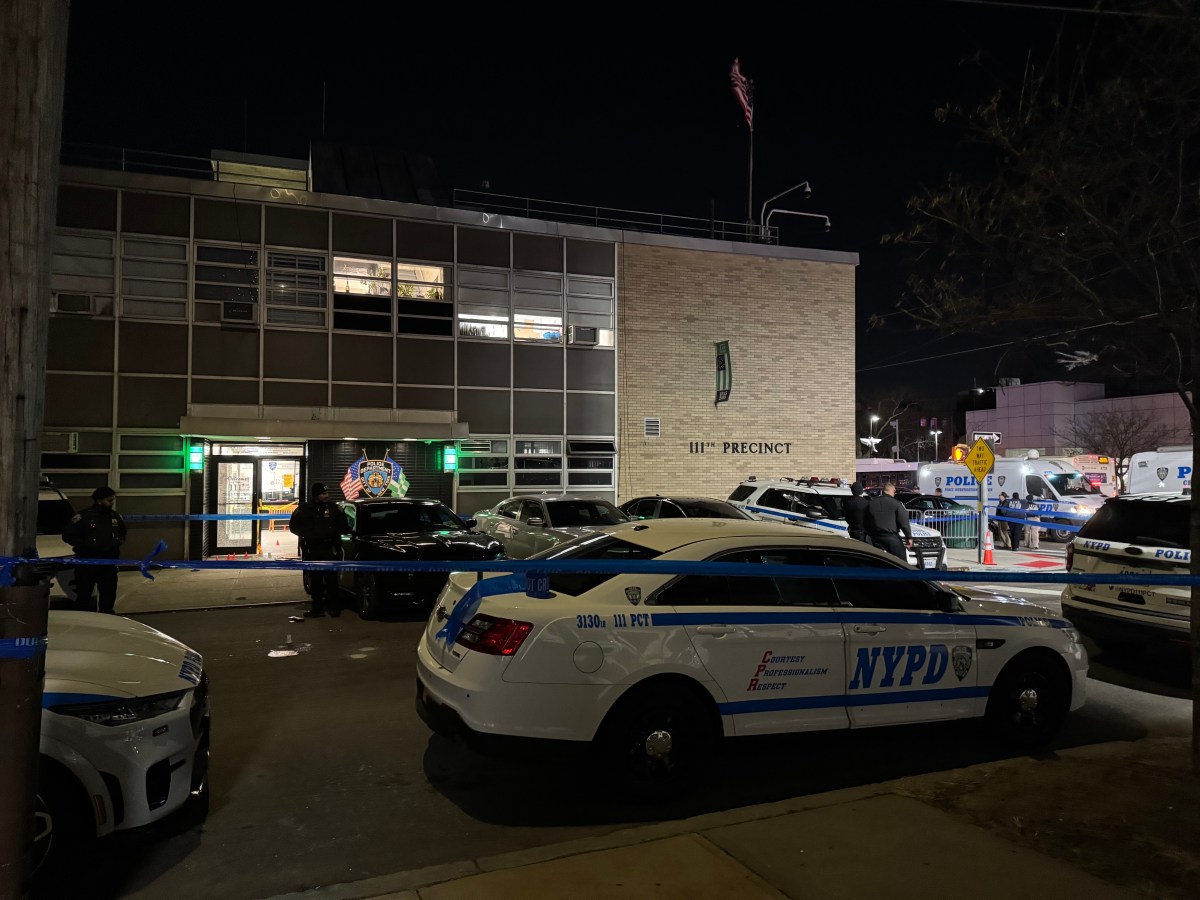As curious and concerned New Yorkers watch discussions play out about the potential rezoning of SoHo and NoHo, which the city predicts will increase affordable housing opportunities, other groups are looking to appreciate other vulnerable neighborhoods.
While many are suspicious of what the rezoning could bring, some organizations are taking the opportunity to appreciate what New York City has got, while others believe the five boroughs could benefit from more rezoning proposals such as this.
Village Preservation under the leadership of Andrew Berman wants to highlight examples of what makes the section of city blocks south of Union Square not only unique, but worth preserving in a time of almost unprecedented growth in the city seemingly unencumbered by the pandemic.
“The area south of Union Square is an important piece of New York’s DNA, yet because it almost entirely lacks landmark protections, its history and great historic buildings are being lost every day,” Berman said. “We hope that this tool will bring increased awareness to the critical need to preserve these sites, which for nearly two centuries have made our city a unique, vibrant, and progressive cultural hub and incubator of enormous national and global influence.”
According to Berman, this section of the city is not only historic, but lacking the same protections enjoyed by other communities. This has prompted the organization to launch the “Virtual Village,” an interactive online tool that offers free, guided walking tours of the area.
Virtual Village has up to 40 walking tours that take participants from Third to Fifth Avenues between and between 9th and 14th Streets. Find the Virtual Village at this link.
In recent decades, the fabric of SoHo and NoHo has changed dramatically to its current zoning, which allows for manufacturing and artist studios with living spaces as well as becoming know for housing the brick-and-mortar locations of high-priced fashion retailers.
Sylvia Li from the Department of City Planning led a virtual information session on Monday in which she outlined the goals of the Uniform Land Use Review Process that will take place with the goal in mind of preserving the aesthetics of the neighborhood while offering residential options to a range of residents.
City Hall’s proposal seeks to change course from M1-5B zoning currently designed to allow for manufacturing and joint living/workspace for artists in sections defined by Canal Street to the south, Houston Street and Astor Place to the north, Lafayette Street and the Bowery to the east, and Sixth Avenue and West Broadway to the west, but has not been welcomed by activists who have been distrustful that it would not serve anyone’s needs with the exception of real estate developers.
SoHo and NoHo, however, has not been rezoned since 1971, when manufacturing in the area was on the decline, crime was on the rise and artists were establishing themselves in the picturesque enclave.
Primarily, concerns seem to revolve around big box stores moving into the area, which has historically shown to be gentrifying and displacing factor in the evolution of the neighborhood.
During the George Floyd protests, stores geared toward affluent customers in SoHo and NoHo were the targets of looting which was common as far north as Union Square.
The Regional Plan Association, however, is taking a different view of the rezoning plan for SoHo.
Unlike YourLIC and Industry City, they say, this zoning change will be a more equitable transition than others that have been rejected by communities outright for fear job creation would be accompanied by displacement.
According to the RPA, zoning that facilitates affordable housing has not only been pitched by the organization, but communities like Midwood in Brooklyn, Forest Hills North in Queens, Riverdale in the Bronx, The Meatpacking District, the Far-West Village in Manhattan as well as Grasmere in Staten Island would also benefit from such a plan.
Read the RPA’s latest white paper on the subject here.



